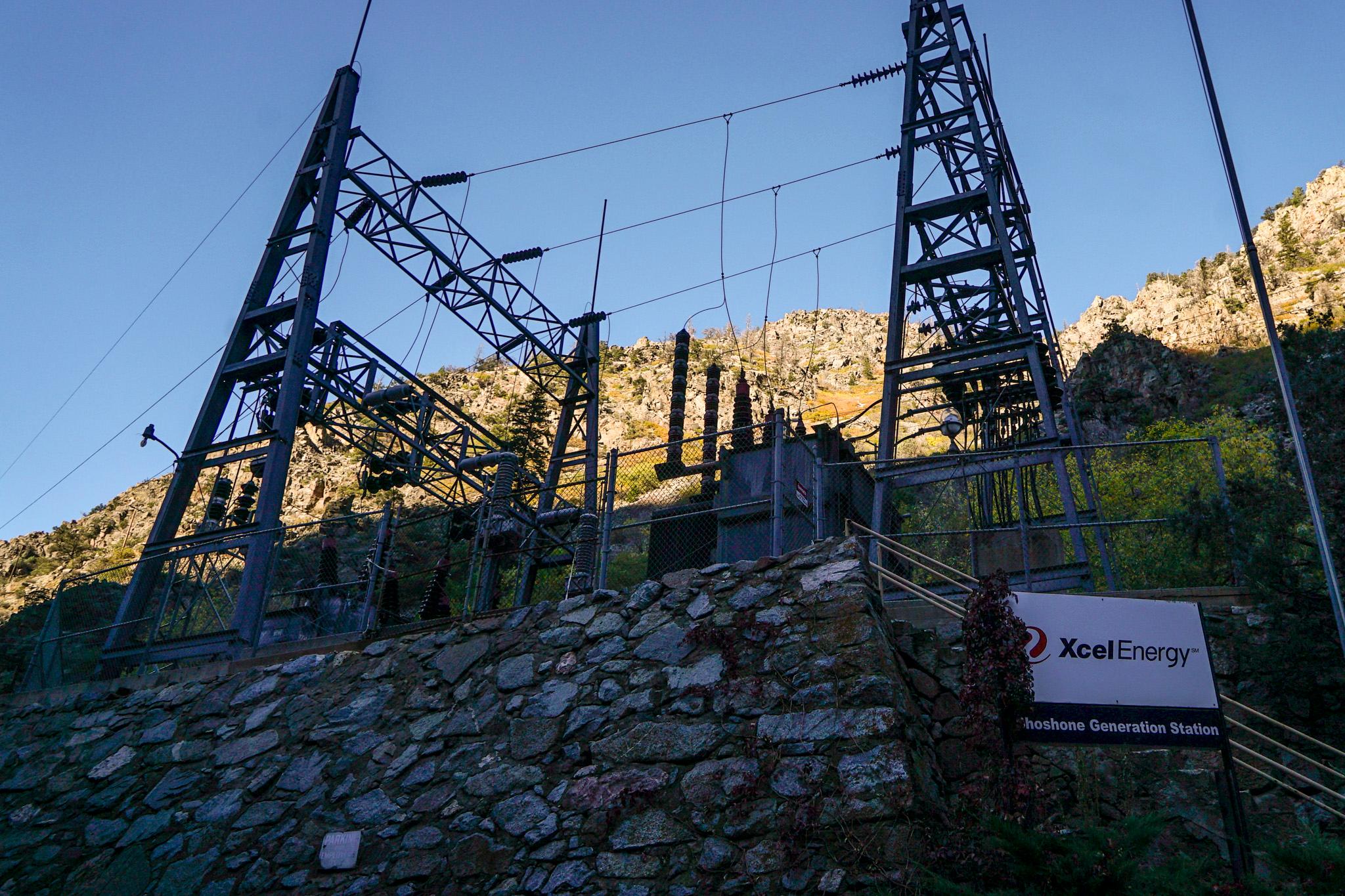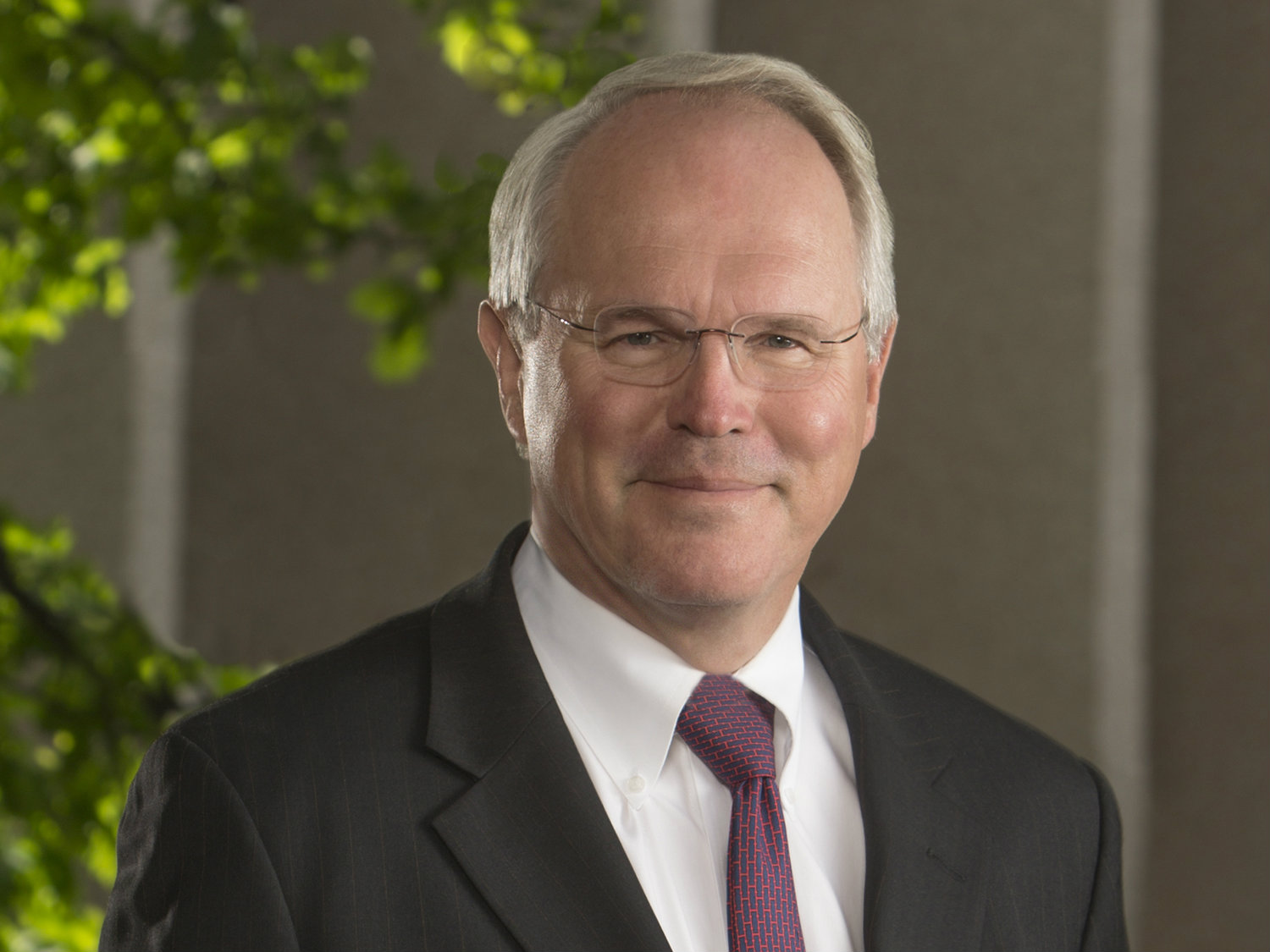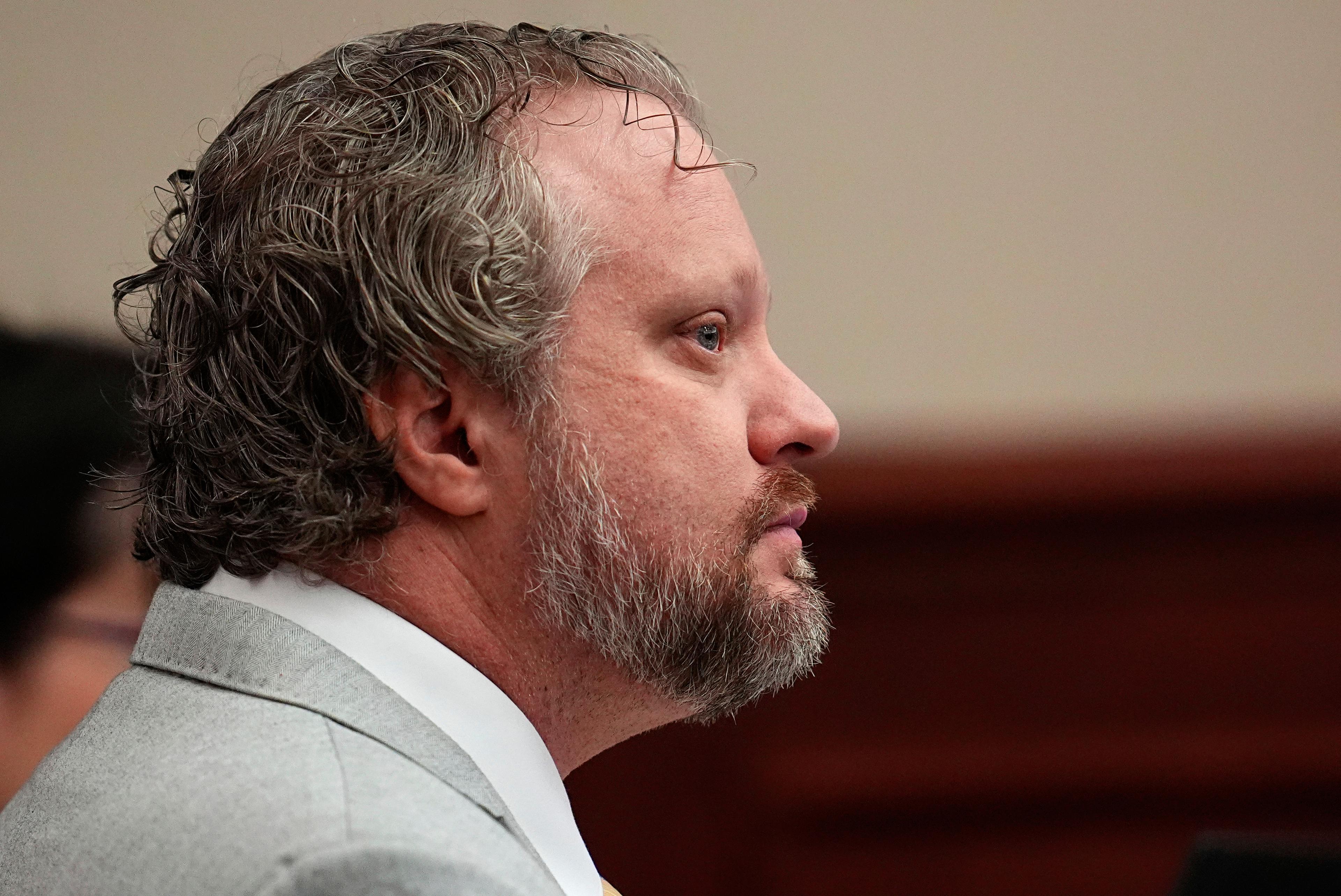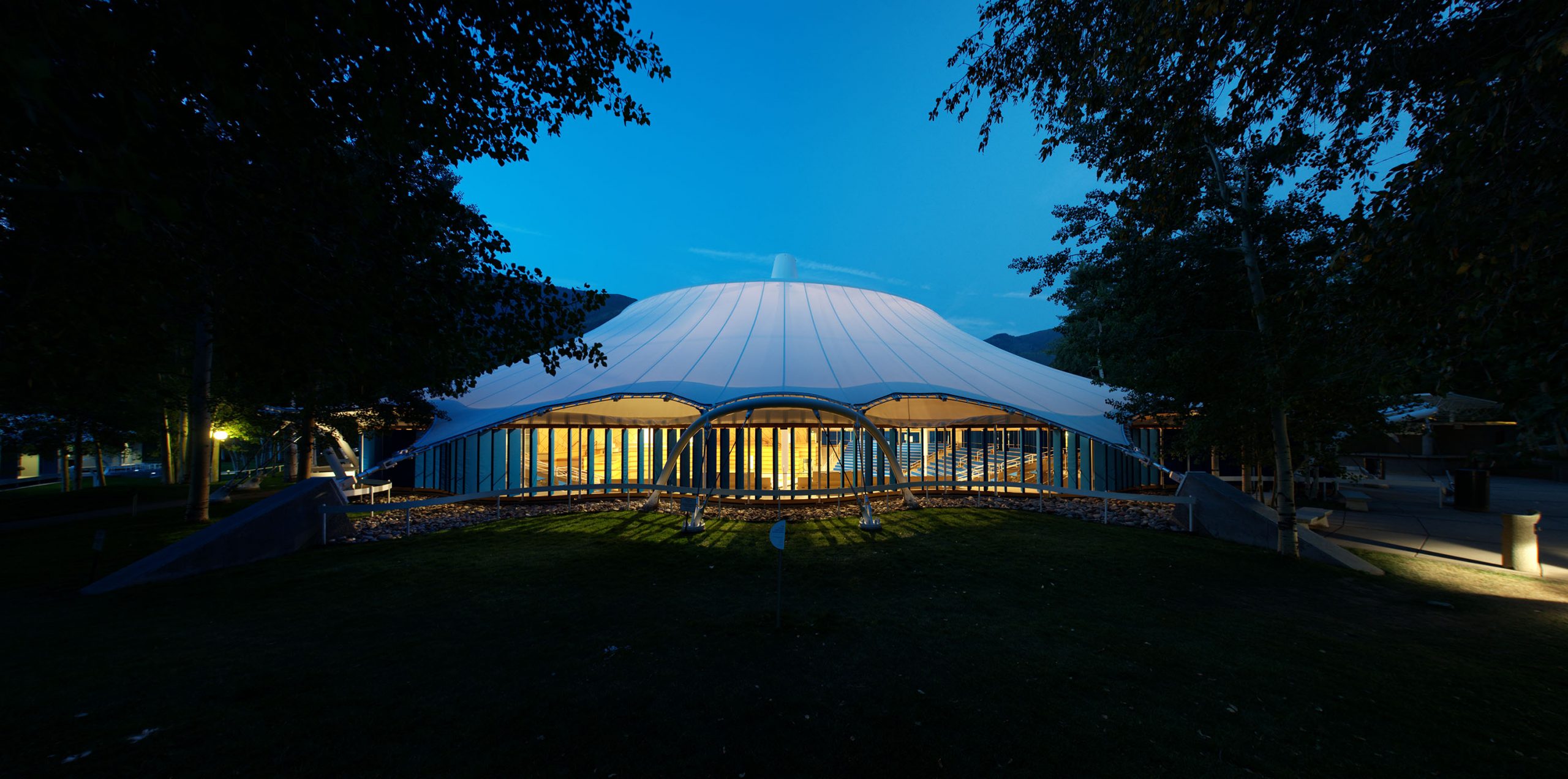
State regulators have approved new Xcel Energy electricity rates for residential customers, which will allow the utility to charge more for power during weekday evening hours, no earlier than October.
But most hours in the year will be treated as “off-peak” — which means customers will be charged the lowest rates for using power. Regulators say that most customers will see no impact, or even a slight decrease, in their bills under the new rates.
“This is in all-caps with an exclamation mark: This is not a bill increase!” said Eric Blank, chairman of the Colorado Public Utilities Commission, during a May 7 meeting.
The new pricing means residential customers will pay the most for power during the “on-peak” hours of 5 p.m. to 9 p.m. on non-holiday weekdays. Currently, the peak rates stretch from 3 p.m. to 7 p.m. on those days.
All other hours — the vast majority of any given year — are considered “off-peak,” so activities like running a dishwasher, using an electric stove or charging an electric vehicle will cost less during that time.
The rates divide the year into two seasons: summer and winter. Xcel will charge the most for electricity from June 1 through September 30, which the utility treats as summer. The price of electricity is also set to rise by nearly 40 percent compared to current rates for on-peak winter hours, which Xcel treats as October through May.
Rate increases during on-peak hours are offset by a roughly 12 percent reduction in electricity costs during winter off-peak hours, which is most of the year.
In 2022, Xcel began rolling out “Time of Use” rates for a range of customers. The rates were meant to accurately reflect the costs of generating and distributing electricity to reduce strain on the grid.
But regulators opted to ratchet up current rates during peak hours to better reflect spiking demand for power and try to keep long-term costs low.
“These rates are not intended to be punitive,” said PUC Commissioner Megan Gilman during the May 7 meeting. “But rather share in a transparent way with customers how costs are actually driven on the system.”
In a statement, Xcel said it preferred a less-expensive winter on-peak rate than adopted by regulators, and that customers might save money under the new plan.
“This repricing results in the same average rate across the entire week, but shows our customers how they can save money on their bill by reducing usage during on-peak hours,” said Xcel spokesperson Michelle Aguayo in a statement.
Still, proposals to increase rates generated criticism from utility advocates and customers, who say some Coloradans will be hit with higher bills.
“We need help, at the very least, no additional increases from Xcel for a long stretch of time. You can make this happen. Compassion, please,” wrote Angie M. in a public comment to commissioners in March.
New rates aim to shift customer demand
Xcel is slated to spend $22 billion in the next five years on “capital costs,” which include building new power generation and electricity lines. Those costs will eventually be billed back to customers.
To bend the cost curve, time-of-use rates encourage customers to use electricity when power is cheap and plentiful. Energy demand tends to spike in the evening, around the same time when cheaper sources like solar generate less electricity. When demand peters out later at night, electricity costs fall as more renewable sources like wind become available.
The hope is that if electricity demand can be shifted, Xcel will have to build less infrastructure to generate or distribute energy. That means fewer costs are passed onto Coloradans.
“These changes in customer behavior can help to significantly reduce utility capital spending and long-term rate impact,” Blank said during the meeting. “The purpose of these TOU rates are to manage down system capital needs.”
The new rates are designed to be “revenue neutral,” meaning Xcel estimates it will pull in the same amount of money compared to current rates. For residential energy charges, that equals roughly $885 million each year.
The current and new rates only apply to customers with a smart meter installed, and customers can opt out into a flat rate, which is more expensive than off-peak rates, but less expensive than on-peak rates.
New rates dip for most of the year, but spike during winter and summer evenings
Xcel’s current TOU peak rates stretch from 3 p.m. to 7 p.m. year-round on non-holiday weekdays, and those rates spike during summer months. There’s also a less expensive “mid-peak” category from 1 p.m. to 3 p.m.
In February, regulators finalized new peak periods by eliminating the mid-peak category and shifting the on-peak times later into the evening. In April, Xcel submitted new proposed rates, which were verbally approved by regulators during the May hearing.
Under the new rates, the ratio between peak and off-peak hours will stay constant year-round, a change from the current structure.
In the future, Xcel may pilot a rebate program for residential customers who use less electricity during peak times, according to an April 9 hearing. Xcel will also conduct a customer outreach campaign about the new rates, according to regulators.
Funding for public media is at stake. Stand up and support what you value today.









